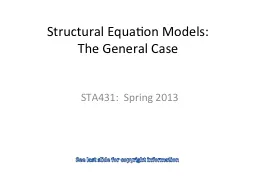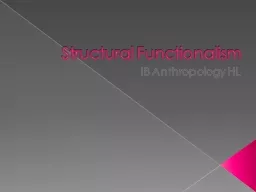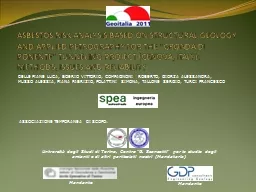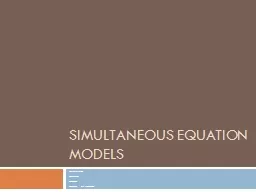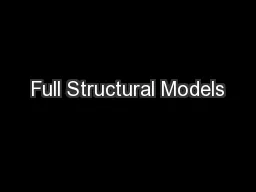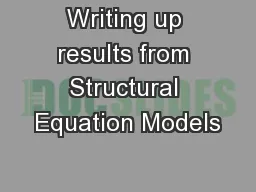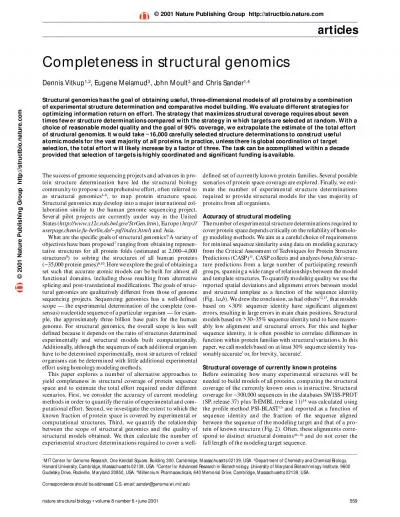PPT-Structural Equation Models:
Author : olivia-moreira | Published Date : 2016-04-10
The General Case STA431 Spring 2013 See last slide for copyright information An Extension of Multiple Regression More than one regressionlike equation Includes latent
Presentation Embed Code
Download Presentation
Download Presentation The PPT/PDF document "Structural Equation Models:" is the property of its rightful owner. Permission is granted to download and print the materials on this website for personal, non-commercial use only, and to display it on your personal computer provided you do not modify the materials and that you retain all copyright notices contained in the materials. By downloading content from our website, you accept the terms of this agreement.
Structural Equation Models:: Transcript
Download Rules Of Document
"Structural Equation Models:"The content belongs to its owner. You may download and print it for personal use, without modification, and keep all copyright notices. By downloading, you agree to these terms.
Related Documents

